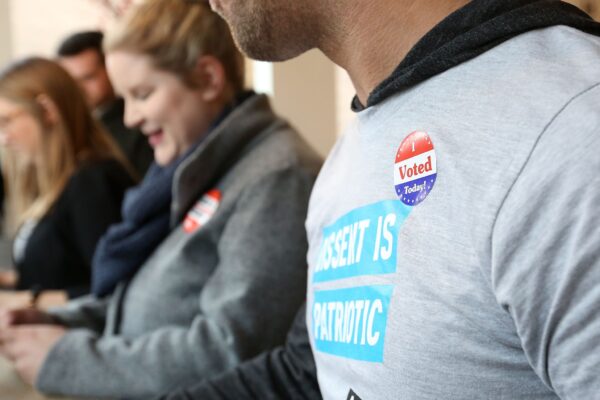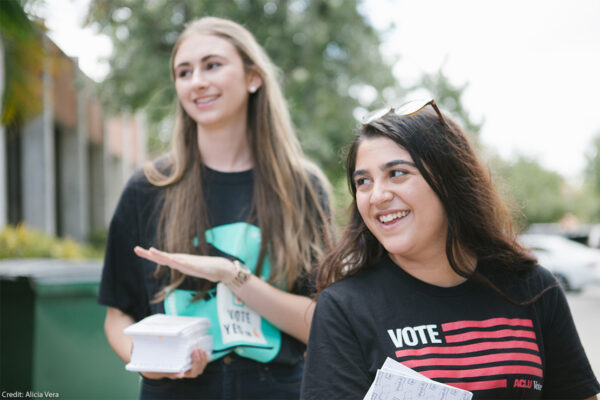Voting is the cornerstone of democracy and a fundamental right. It all starts with knowing your rights at the ballot box.
The 2024 General Election: Tuesday, Nov. 5
- Absentee voting for the 2024 General Election begins: Thursday, Sept. 26
- Return your ballot by: 5 p.m., Monday, Nov. 4. (Can be postmarked Nov. 4.)
Here are a few ways you can be prepared to get your vote in easily, get your vote counted, and make sure your voice is heard in North Dakota:
- Locate your polling place and note the hours of operation.
- Find out who and/or what is on your ballot before you go to the polls.
- Consider voting early or absentee if possible. If you plan to vote at the polls, go early in the day to avoid the last-minute rush.
- Make sure your ID is valid and up to date. (More information under the Voter ID section)
- If anyone challenges you about voting, don't get mad - get help or call the Election Protection Hotline at 866-687-8683
- Remember, you are allowed to bring in an interpreter or any form of assistance that you require.
More information
- North Dakota Secretary of State, 800-352-0867
- Election Protection, 866-687-8683
- North Dakota Native Vote
- League of Women Voters
- For local elections like school board, check with the current sitting board for dates, hours, and polling locations.
If you have problems voting or have additional questions, please call the national, non-partisan Election Protection Hotline:
- English: 866-687-8683
- Spanish: 888-839-8682
- Arabic: 844-925-5287
- Bengali, Cantonese, Hindi, Urdu, Korean, Mandarin, Tagalog, or Vietnamese: 888-274-8683
Please note, this page is a resource, not legal advice. It is provided for informational purposes only. North Dakota may revise its laws after this page published online. If you believe your rights have been violated or for more information on your rights as a voter, contact us at aclund.org or email [email protected].
Stay Informed
Sign up to be the first to hear about how to take action.
By completing this form, I agree to receive occasional emails per the terms of the ACLU’s privacy statement.
By completing this form, I agree to receive occasional emails per the terms of the ACLU’s privacy statement.



